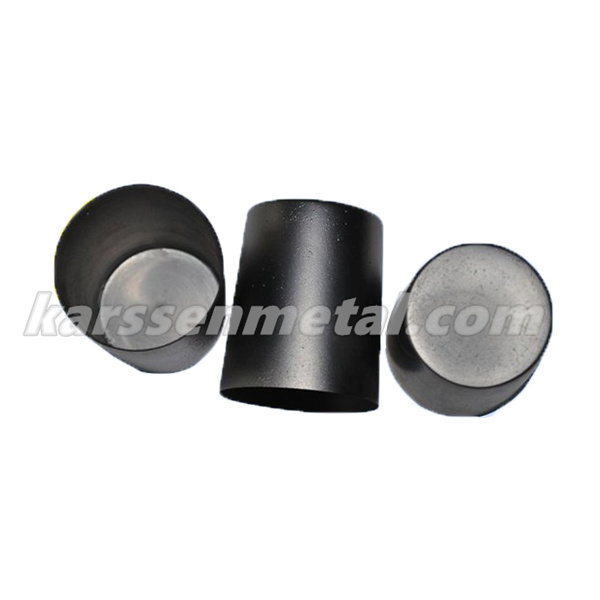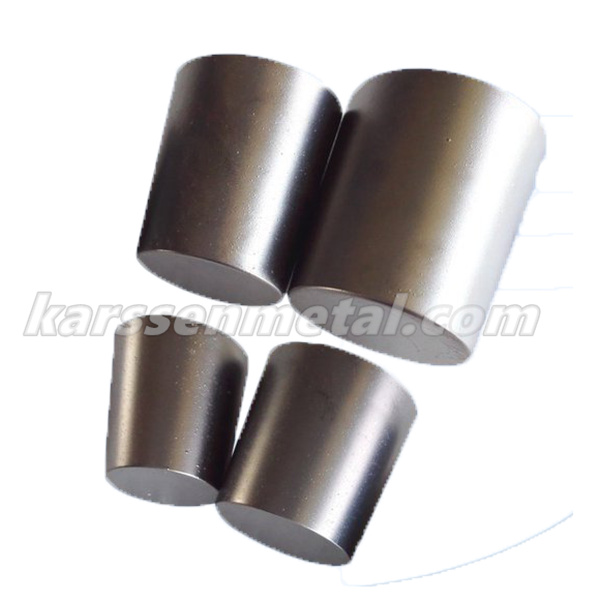Email: info@karssenmetal.com Tel: +86 18147353336
Chemical vapor deposition (CVD) is a process that uses gaseous substances to produce chemical reactions and transport reactions on solids and produce solid deposits. It roughly includes three steps: 1. Form volatile substances; 2. transfer the above substance to the deposition area; 3.A chemical reaction occurs on the solid and produces a solid substance. The most basic chemical vapor deposition reactions include thermal decomposition reactions, chemical synthesis reactions, and chemical transport reactions. Pyrolytic graphite crucible is prepared through the thermal decomposition reaction of this technology.

American companies produced industrial-scale pyrolytic graphite products in 1956, which were successfully used in the aerospace industry. Compared with the general graphite crucible (which is made of natural flake graphite as the main raw material and plastic refractory clay or carbon as the binder), the pyrolytic graphite crucible is made of a new type of carbon material - pyrolytic graphite. Pyrolytic graphite is pyrolytic carbon with high crystallographic orientation deposited by high-purity hydrocarbon during chemical vapor phase on graphite substrate at 1800 ℃ ~ 2000 ℃ under a certain furnace pressure. It has high density (2.20g/cm3), high purity (0.0002% impurity content) and anisotropy of thermal, electrical, magnetic and mechanical properties. It can still maintain a vacuum of 10mmHg at around 1800°C. Therefore, the crucible made of this material has better performance, such as better thermal conductivity, stronger corrosion resistance to acidic and alkaline solutions, smoother and denser surface, less permeability, etc., and has wider application prospects.

1. Preparation Process:
Pyrolytic graphite crucibles are different from general graphite crucibles. It is made under high temperature, low pressure and nitrogen atmosphere, after the cracking of hydrocarbons, the carbon atoms are directional deposited on the model, and the mold is released after cooling.
2. Main features:
2.1. high temperature resistance, low ablation rate;
2.2. acid and alkali chemical corrosion resistance at high temperature (700°C);
2.3. smooth, dense surface, low permeability, easy to clean and decontaminate;
2.4. Have a certain mechanical strength;
2.5. High purity, no contamination to samples, and can be used repeatedly.
3. application:
Pyrolytic graphite crucibles can not only be used for pretreatment of samples in minerals, building materials, glass, etc., but also can be used in the preparation of high-purity metal oxides, ion coating, etc. For example, some researchers used pyrolytic graphite (PG) crucibles instead of platinum, quartz and other crucibles to prepare high-purity yellow lead oxide and achieved ideal results.
Isostatic graphite blocks are an important graph
Graphite rotor belongs to graphite material, whi
Graphite sheets have many important roles in the
Contact: Bateer
Phone: +86 18147353336
Tel: +86 18147353336
Email: info@karssenmetal.com
Add: Room D204-2203, Innovation Building, Baotou Light Industry Vocational Technical College, 19 Jianhua Road, Qingshan District, Baotou City, Inner Mongolia, China.